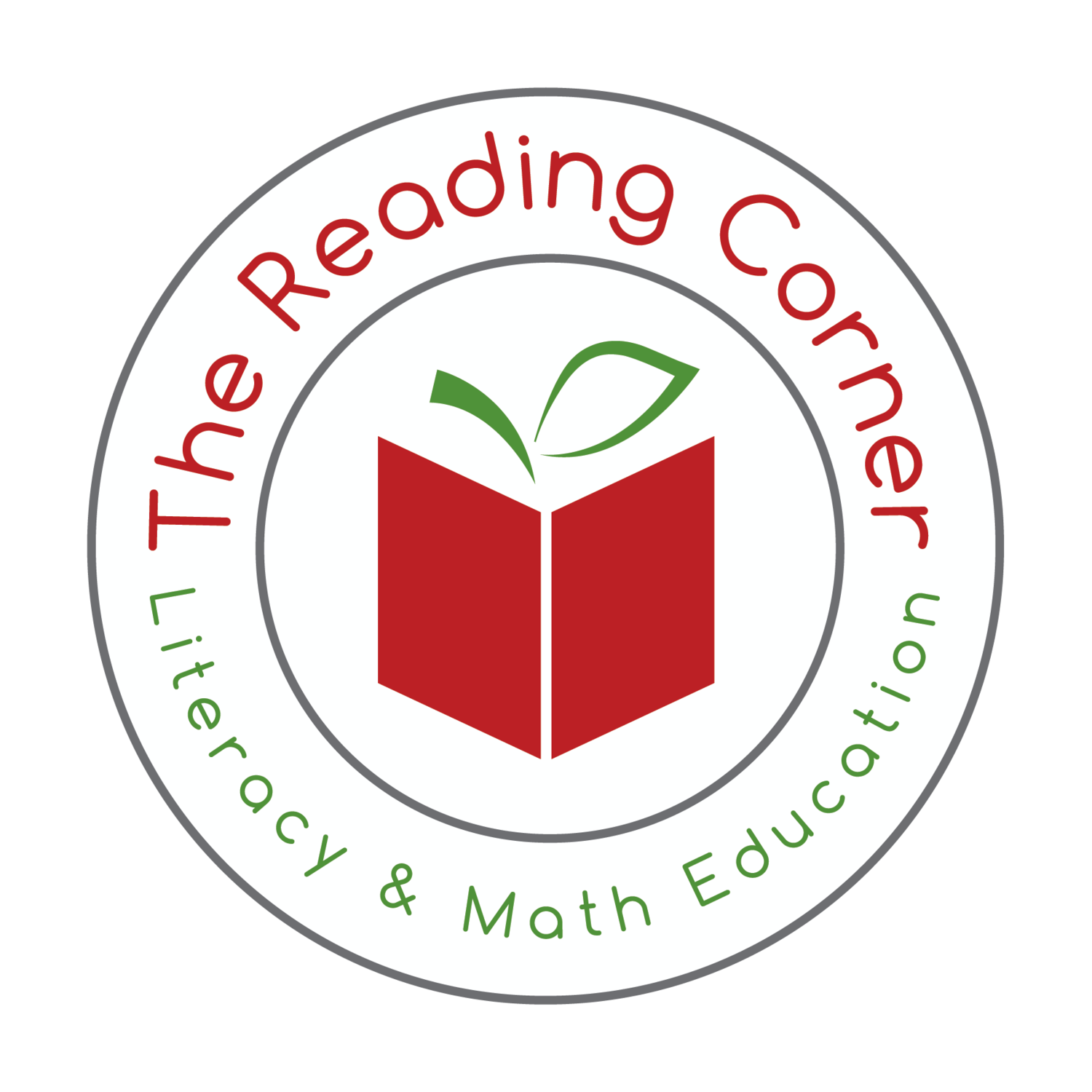Picture & Concept Sorts
I love sorts! I love word sorts, concept sorts, color sorts, shape sorts - you name it! Sorting is an important skill for preschool-age children. It is a way to organize and make sense of their world. I just love watching a child wrap their brain around a pile of words, objects or pictures and try to make sense of it. Sorts lend themselves to some great implicit teaching moments. Implicit teaching means we give information or a problem to the child and allow them to come to their own conclusions, make connections, and moving backward into a learning skill.
Before giving your child concept or picture sorts, start with something simpler. Give them a pile of blocks. Tell them about a snake named Sammy. Now, Sammy LOVES to slither in and scramble stuff ( don't forget to hiss your s's like a snake!). We have to sort it all out and make sense of it all.
At this stage in teaching children sorts, I start with more explicit teaching with very precise and clear goals. I teach them by doing think-alouds. Think- alouds have been described as "eavesdropping on someone's thinking." I like to use this technique to model my own thinking. So I might say something like this:
- I notice different colored blocks. Do you see that? Do you think you could sort them?
- I notice different shapes and colors. Do you think you could sort them?
- When sorting letters, I may say, " I notice some letters are tall and some letters are short. Can you help me sort them?"
I like to introduce picture & concept sorts by making it a closed sort - meaning, I provide the categories. This helps the children learn that a group of objects can be similar yet have different attributes. When children demonstrate readiness to come up with their own categories, back away from the closed sort method and give open sorts a try. Ask questions to allow the child to think of their own sort (i.e do you see any items that are like?)
I try to stay with one-step sorts first. One-step means we sort the items into categories; group the objects back together; and sort them again into different categories. Multi-step sorts are ones in which we sort the objects into the first set of categories, and then, sort the objects within the piles with a new set of categories.
This is an example of a one-step sort.
- Sort shapes by shape.
- Put all the shapes back together.
- Sort shapes by color.
- Put all the shapes back together.
- Sort shapes by size
Example of a two step sort:
- Sort similar shapes.
- Sort the piles of shapes by color.
- Sort the individual piles of shapes by size.
Be sure to download our freebie to try this with your child at home!
After a few weeks, your child will start classifying items with like attributes. Kids naturally do this - we are helping them be more cognizant of it. And then it begins... the connections they make are incredible. Sammy the Snaky Sorter thought he could slither in and scramble things up. Little did he know he was up against some amazing thinkers!

